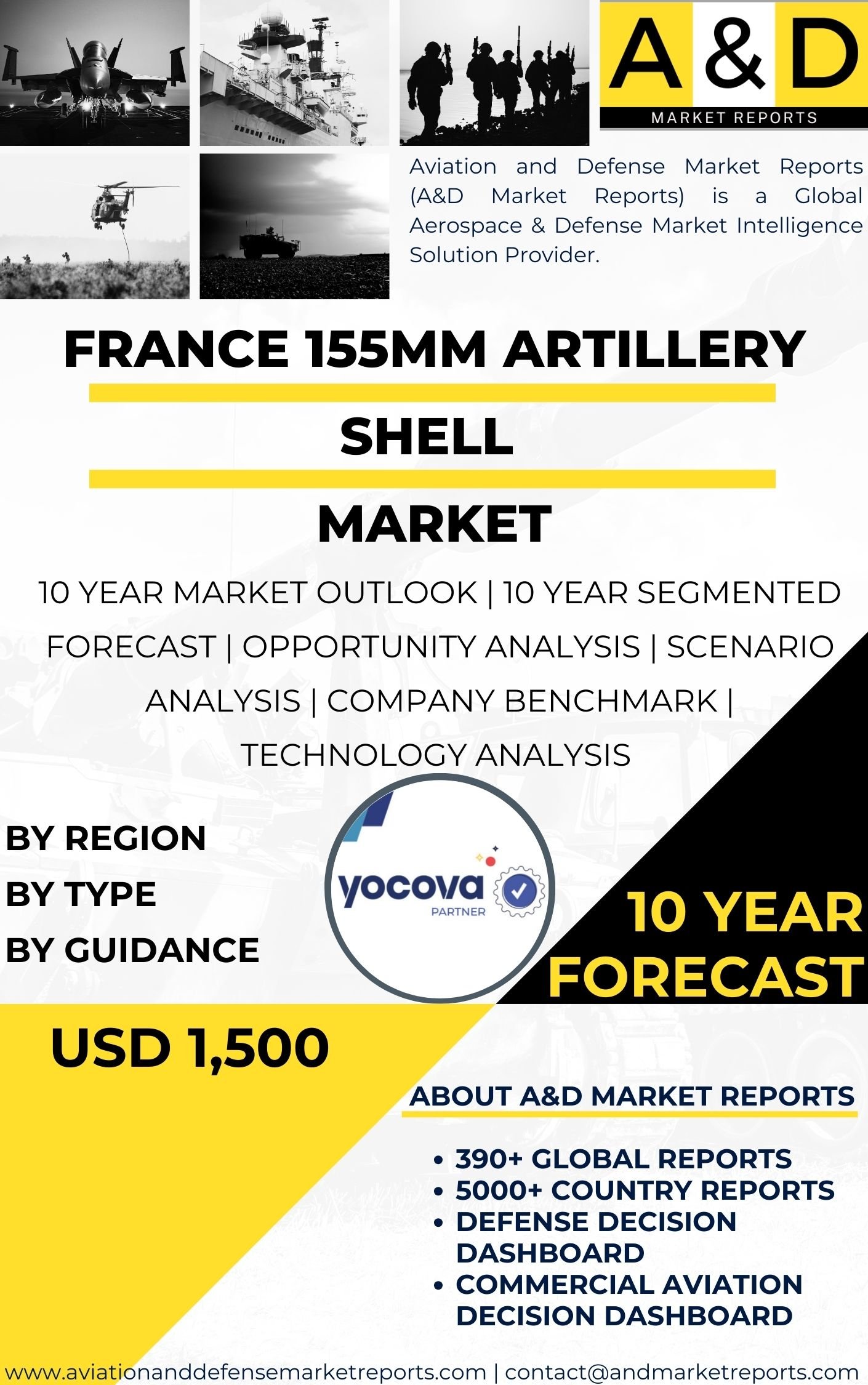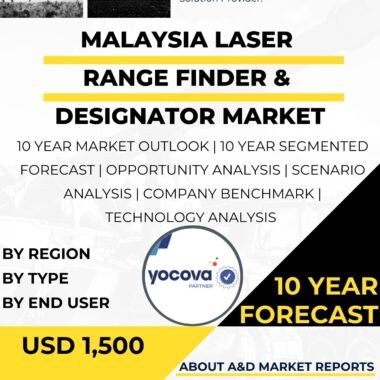Description
155mm artillery shells in France represents a distinctive intersection of defense strategy, industrial expertise, and evolving military doctrines. France has long maintained a robust artillery tradition, with its armed forces considering fire support capabilities a critical factor in ensuring battlefield effectiveness and deterrence. The 155mm artillery caliber has emerged as the standard for NATO and allied countries, meaning that French developments in this market are deeply integrated into collective defense frameworks. Historically, France has invested heavily in artillery modernization, not only for its own land forces but also to support export markets and strengthen ties with partner nations. The 155mm shell, being the centerpiece of heavy firepower on the battlefield, reflects both tradition and progress in French defense industry capabilities.
The roots of the French artillery industry stretch back well before the current era, as France was among the earliest European nations to develop and refine precision weaponry and heavy guns. Over time, as warfare shifted toward joint operations and precision-based strategies, traditional unguided artillery ammunition increasingly evolved into advanced, smart, and modular systems. The 155mm shell market in France underwent significant transformation during periods of industrial reform aimed at consolidating defense production into highly capable, technologically sophisticated firms that could serve both domestic forces and foreign clients. Today, the market is structured around collaborations between government agencies, national defense primes, and specialized suppliers that provide the components, explosives, guidance kits, and materials for shell production.
Key players in this market include prominent French defense companies that have cultivated reputations for delivering reliable and innovative munitions. These companies operate under close oversight of the national defense procurement agencies, ensuring that the shells meet stringent NATO and European Union standards while also leaving room for continuous innovation. Integration within larger European defense consortiums has further influenced the evolution of the 155mm artillery shell market, encouraging standardization but also fostering competition in areas such as precision guidance, range extension, and materials innovations. Alongside established industry actors, niche manufacturers specializing in propellant chemistry, fuze mechanisms, and machining processes play supportive roles, making the French market highly layered and interdependent.
The economic significance of the 155mm artillery shell market in France extends beyond defense budgets, as it influences employment, technological development, and export opportunities. Production of such munitions ensures a steady demand for raw materials, advanced engineering expertise, and high-tech manufacturing facilities. This has led to sustained investment in research and development directed at enhancing lethality, reducing collateral damage, and increasing interoperability within allied forces. The broader French defense industrial base enjoys synergies from artillery shell development, as advancements in guidance technology, materials sciences, and electronics often spill over into civilian applications and adjacent defense programs.
From a strategic perspective, the 155mm artillery shell market in France has had to balance tradition with emerging operational needs. Traditional high-explosive shells, while still a staple, have been supplemented by smoke, illumination, and precision-guided variants. Increasing emphasis on precision strike capabilities has driven research into smart shells capable of altering trajectories or homing in on targets, allowing artillery units to remain effective in scenarios where urban combat, asymmetric warfare, or deterrence against technologically advanced adversaries are in play. Additionally, considerations related to logistics and sustainability have led to innovations in modular shell designs that can be more easily transported, stored, and maintained.
Trends in the French market are heavily influenced by shifts in the international security environment. Growing concerns about near-peer adversaries and the resurgence of conventional warfare scenarios have increased the importance of long-range fires, putting the 155mm shell back in the spotlight. This has also prompted renewed attention to enhancing lethality and survivability in contested environments. For France, operating within NATO?s strategic framework has meant investing in artillery munitions that not only serve national defense objectives but also support interoperability with allied forces in coalition operations. Export opportunities further shape the market, as many partner nations seek to upgrade their own artillery capabilities and often look to France for advanced, reliable solutions.
The role of technology is paramount in defining the characteristics of modern French 155mm artillery shells. Enhanced propellants, advanced metallurgy, precision guidance systems, and digital fuzes embody the shift toward smarter and more adaptable munitions. The integration of semi-active and GPS guidance has also elevated artillery shells into systems that blur the distinction between traditional indirect fires and precision missile capabilities. These technologies require significant investment and collaboration across defense and industrial stakeholders, pushing the market beyond traditional manufacturing toward one in which digital and electronic engineering play leading roles. At the same time, French developers must balance cost considerations with advanced technology integration, ensuring that a wide range of shells remains affordable for sustained use during military campaigns.
Sustainability is also emerging as a meaningful consideration in the French market. With broader environmental and regulatory trends pushing defense industries to adapt, interest in cleaner propellants, safer explosives, and recyclable material structures is rising. While military imperatives continue to prioritize performance above all, these considerations influence funding priorities and research agendas. The long-term economic health of the French defense industrial base also benefits from such forward-looking transformations, as they help align with European regulatory expectations and enhance export competitiveness globally.
Within the broader French defense ecosystem, the 155mm artillery shell market carries symbolic and functional weight. Symbolically, it embodies continuity with France?s long-standing role as a leading artillery power, dating back to the Napoleonic era and beyond. Functionally, it anchors ground forces? ability to shape the battlefield, provide fire support, and project deterrence. For the French Army, reliance on advanced self-propelled howitzers and towed artillery systems configured to fire 155mm shells underscores the centrality of this caliber. For strategic planners, the adaptability and scalability of the 155mm shell ensure that it remains relevant across a broad set of conflict scenarios, from peacekeeping operations to high-intensity combat.
Challenges persist in the market, including balancing modernization with cost, ensuring supply chain robustness, and managing export controls within a sensitive global defense landscape. The complexities of producing advanced shells?from sourcing raw materials to integrating electronics?demand careful coordination across multiple industrial sectors. Moreover, as the geopolitical environment grows more uncertain, demand spikes for artillery shells can introduce strain on production capacity, necessitating contingency planning. France?s ability to navigate these challenges has become an important measure of its broader defense industrial resilience.
In outlook, the trajectory of the 155mm artillery shell market in France points toward continued modernization, with heavier emphasis on precision, range, and adaptability. The market remains strategically significant not only in bolstering France?s own land forces but also in reinforcing its role within NATO and in the European defense ecosystem. Export competitiveness, innovation in materials and guidance systems, and sustainability considerations will likely shape the next generation of French-produced artillery shells. Thus, while the shell itself might seem a traditional battlefield instrument, within the French market it is an evolving symbol of technological ingenuity, military necessity, and strategic foresight.




